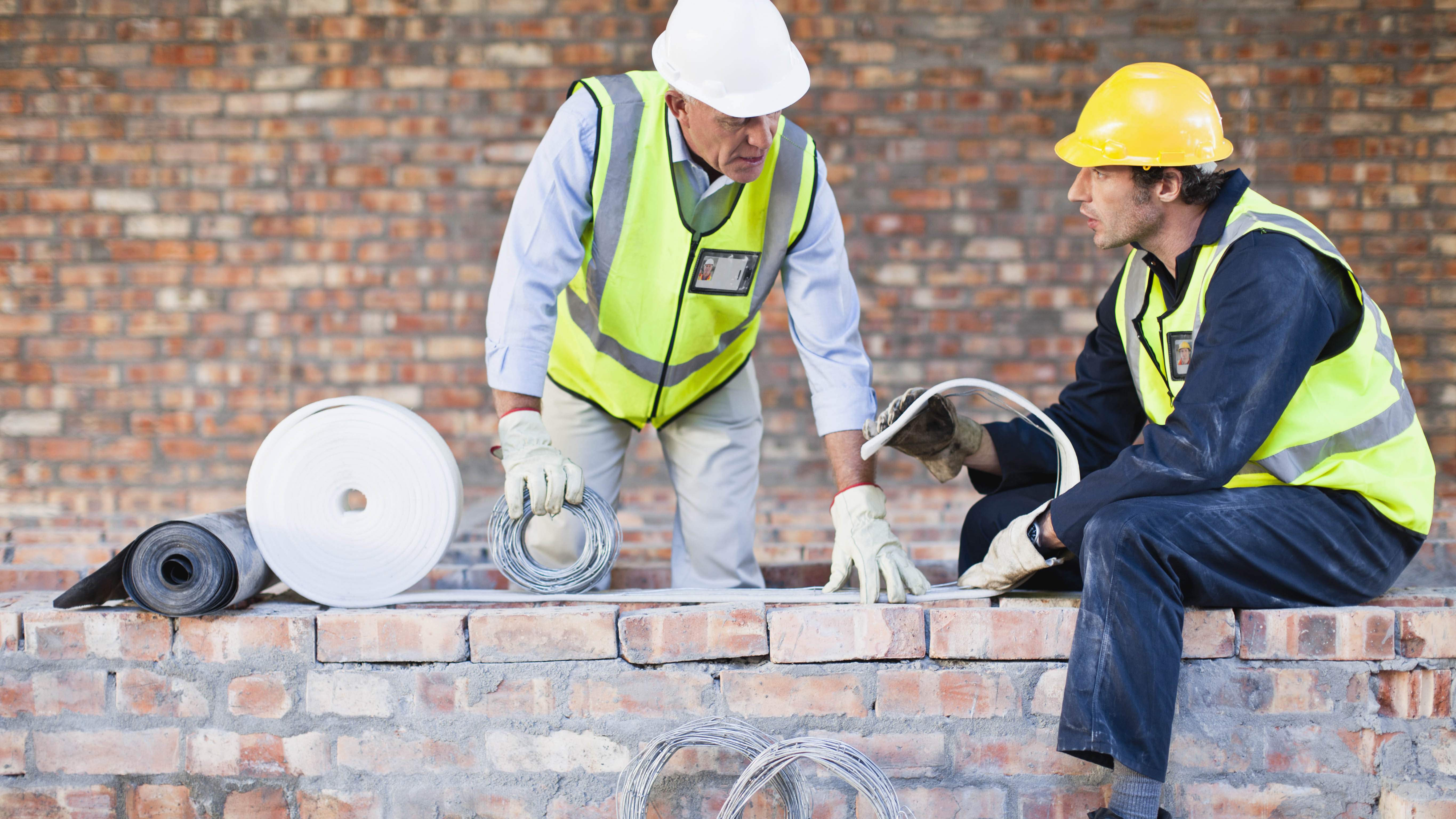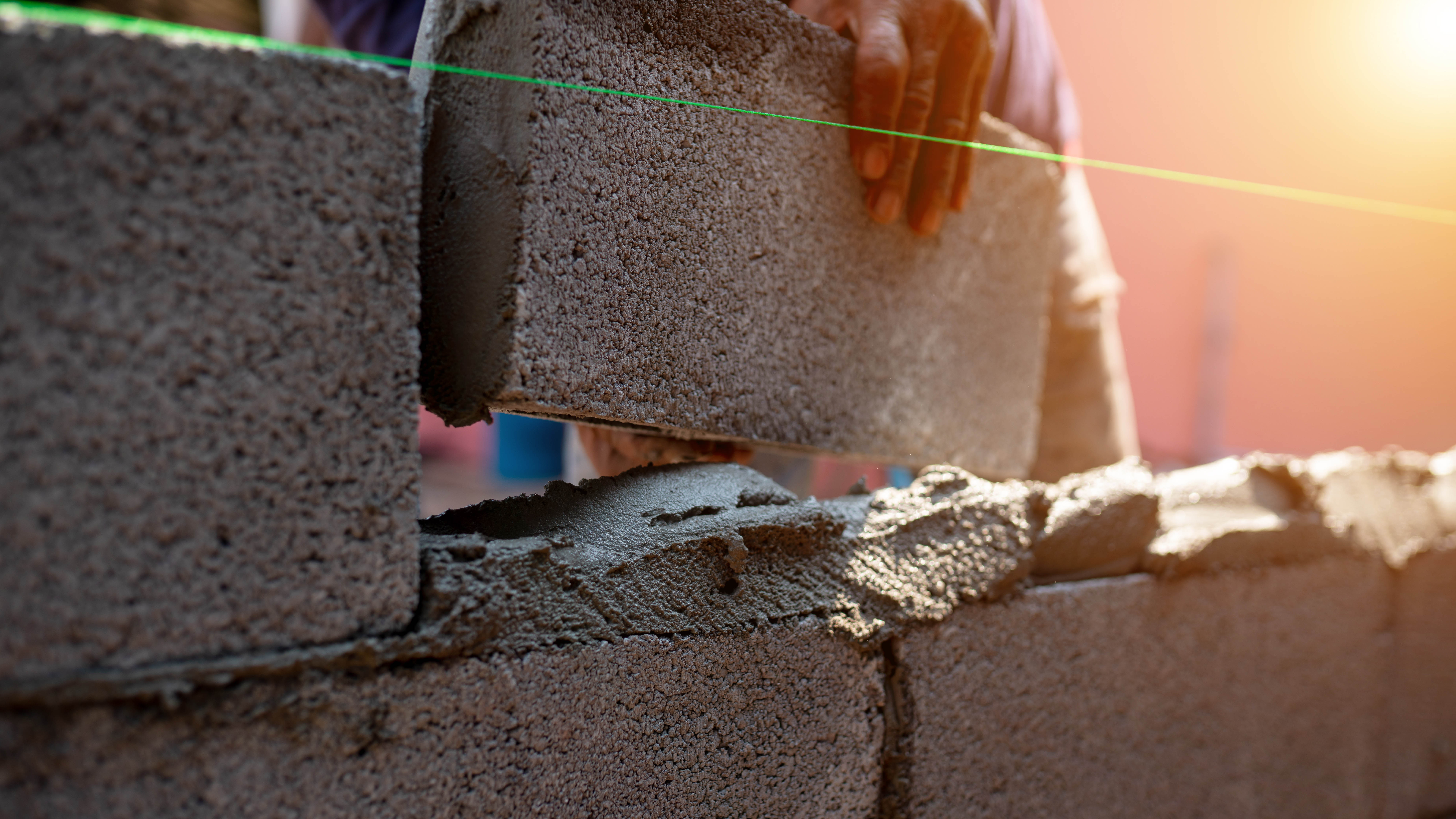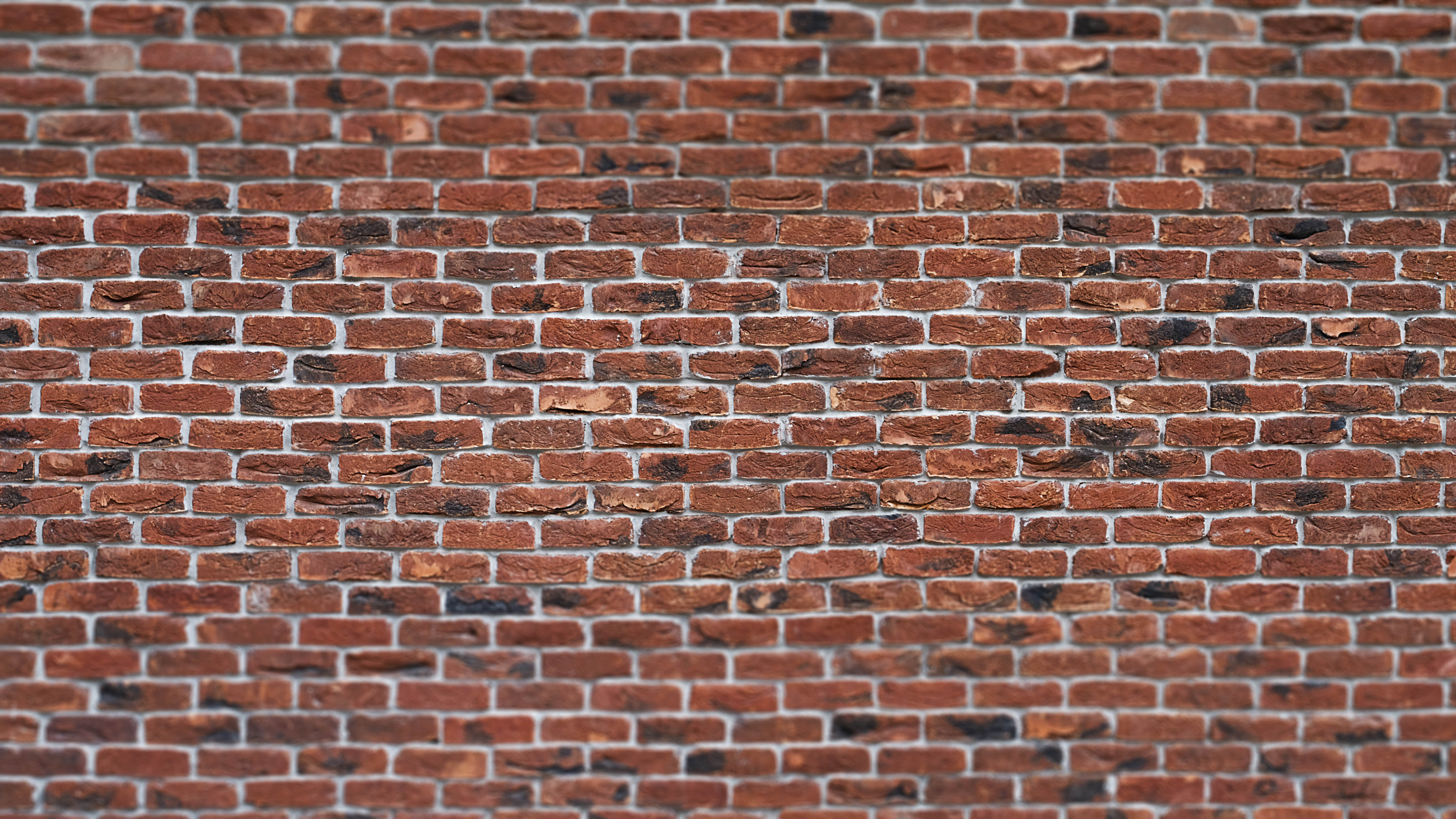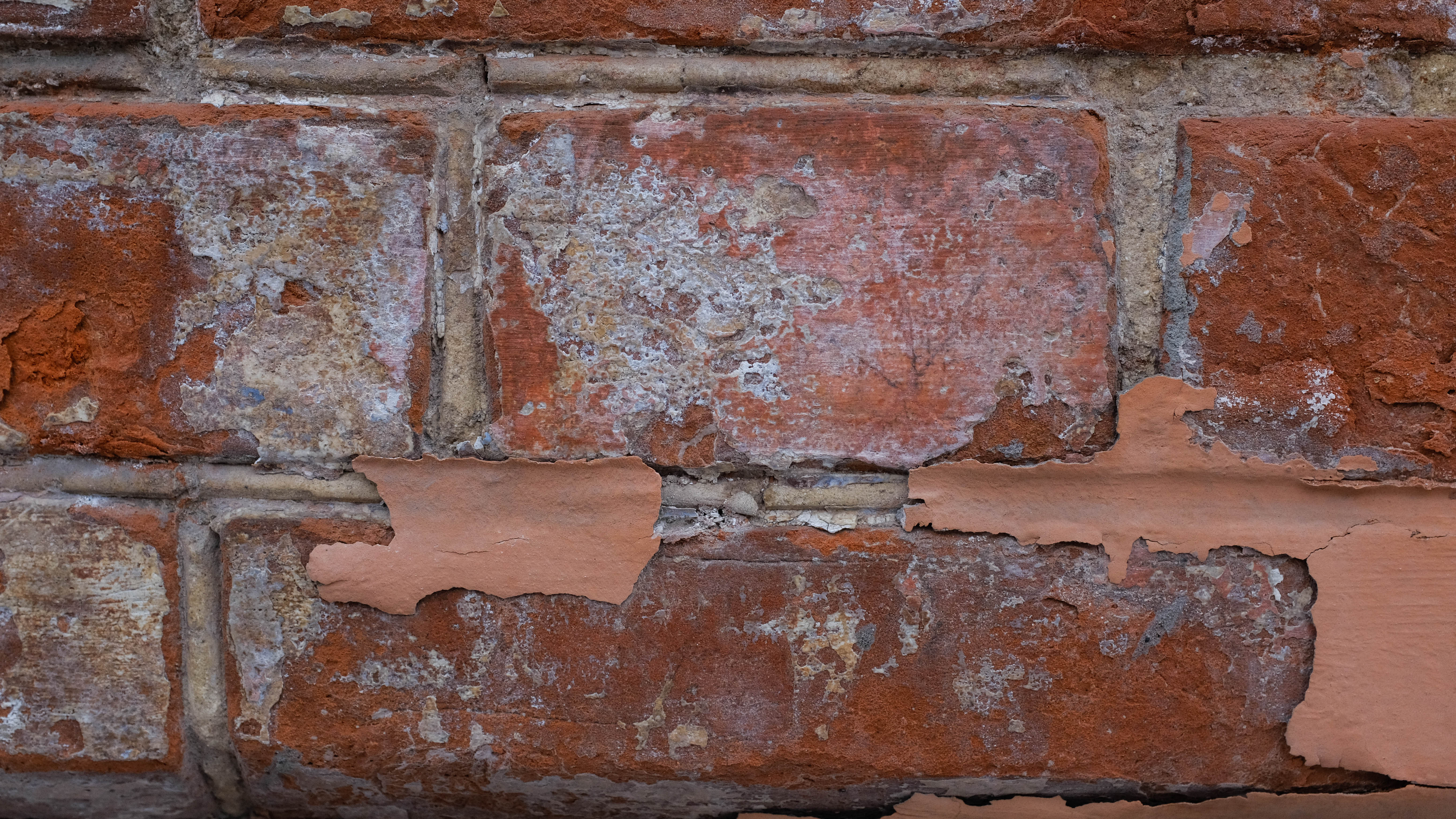Bad Brickwork: How to Spot It
Don’t let bad brickwork ruin the finish of your project, here’s what to look for when assessing a bricklayer's previous work

Bad brickwork can leave your build or project looking less than perfect. Brickwork may be a trade that looks like something anybody can do but, as anyone who has tried can testify, it’s not as easy as it looks.
Doing it at speed and with enough precision to make it look good is very skilled work and there are many who are not as good at it as they may claim!
(MORE: Types of Brick)
Checking for Initial Signs of Bad Brickwork
The number one rule to avoid bad brickwork is to try and find a bricklayer who is recommended by someone you know and then go and look at some of their previous work.
When you get there stand back and look at the wall as a whole. Really look! Does anything jump out straightaway? It’s amazing how accurate the human eye is at detecting level and plumb and if it looks wrong it generally is!
If it passed this test you can start looking a bit closer and check:
- Are the bricks evenly spaced?
- Are the bricks laid perfectly straight?
- Is there a 'pig' in it?
Is the Brickwork Horizontally Straight?
The usual way to build brick or blockwork is to build the corners first and then string a line between them to ‘run in’ the rest. This relies on the corners being built accurately.
Some do this with a level and a ‘storey stick’, a length of batten marked at 75mm increments to make sure each corner ends up at the same height but more usually now they will set up a laser level so they can make constant checks on the height of each course.

Some prefer to use metal profiles set up on each corner so that they can set the lines without building the corner first.
Bricks generally are meant to span the joint below them, ideally an equal amount both ways but it’s very easy for them to creep one way or the other.
Sometimes, especially when there are cuts involved, they may creep far enough to create a straight joint, i.e. a perp directly on top of or very close to another.
(MORE: Buying Guide to Cheap Bricks)
How to Spot a 'Pig' in Bad Brickwork
This happens very occasionally when the line used to build to is stretched between the wrong course in the beginning and the brickie or more usually brickies don’t realise until they’ve gone up several courses and then discovered that they are one brick out of level.
At this point they either have to knock down all the work so far and redo it or build a ‘pig’ in by cutting bricks to bring back to level. It doesn’t happen often now with the wide use of laser levels but it’s not impossible.

Are the Vertical Joins All Aligned?
This is quite difficult to achieve but a really good brickie will endeavour to keep them all lined up as he goes.
A caveat to this is it's only really possible if he is using first quality bricks. Seconds are too varied in size to achieve this successfully.
Also if there are cut bricks in the course a good brickie will keep them all the same size and vertically aligned.
If possible, i.e. if the building is still in progress, have a look into the cavities either from above or through a door or window reveal. If these are clean then the brickies know what they are doing.

Is the Brickwork Clean?
Good brickies are so accurate with the amount of mortar mix they use for each brick that they drop very little when cleaning off the snots.
The trouble can occur when the weather is less than ideal and bricks get wet or sand gets wet and normal practice goes out the window either to get the job done or hastily cover everything up!
Trying to keep everything clean in those conditions is very difficult but someone who takes pride in their work will always go the extra yard to make sure it looks its best.
Simple precautions like turning the first scaffold board back and covering fresh work when the site is left overnight are the mark of a good tradesman.
(MORE: Modern Brick Design Ideas)
Get the Homebuilding & Renovating Newsletter
Bring your dream home to life with expert advice, how to guides and design inspiration. Sign up for our newsletter and get two free tickets to a Homebuilding & Renovating Show near you.
Bruce is a third generation builder, based in the South West, with over 30 years’ experience in the building industry. He specialises in new build homes, extension and renovation projects, and his even built homes for self build industry guru David Snell. Bruce has recently completed his latest self build.

